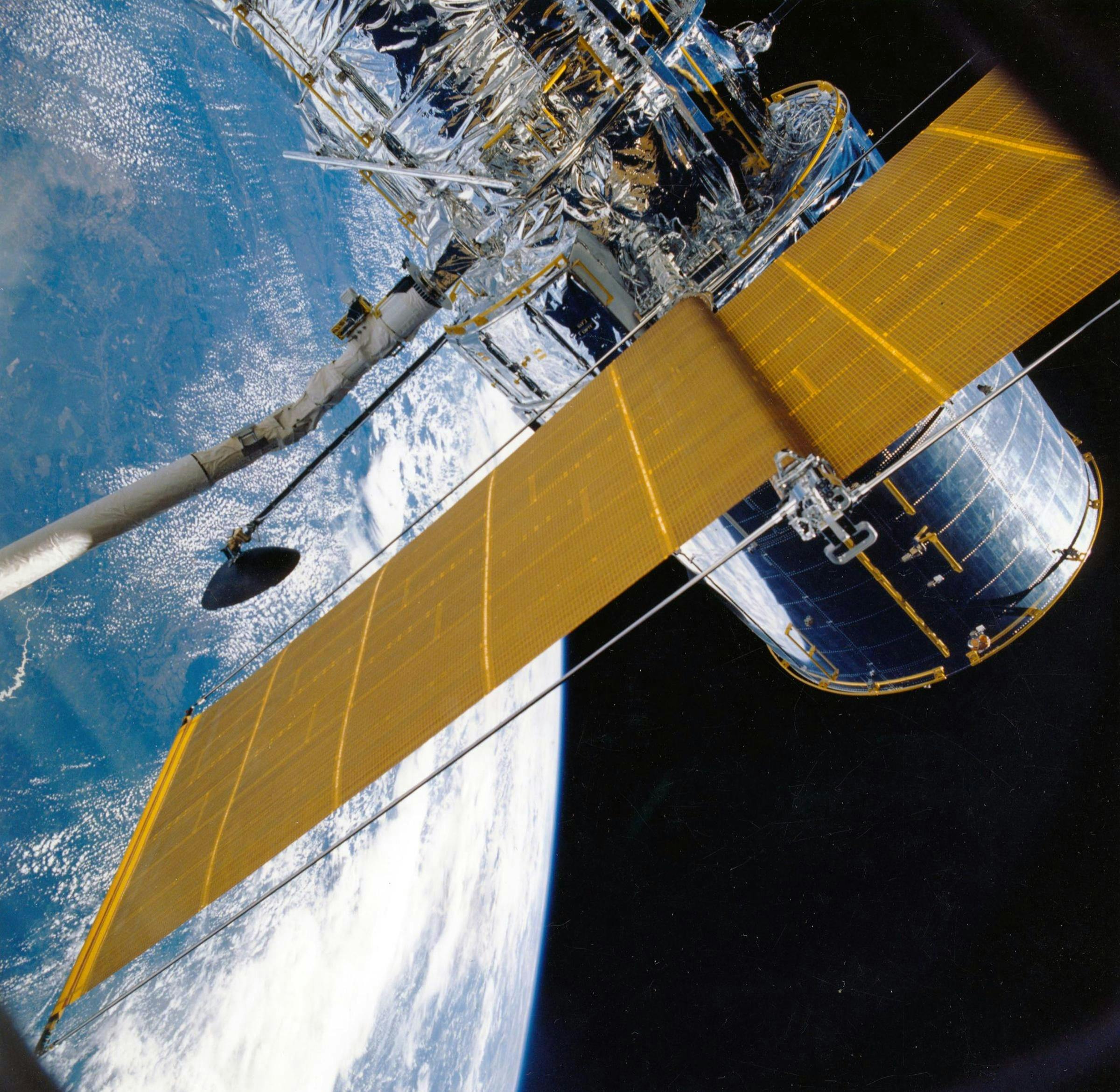Space Tourism: The Next Frontier of Travel
Buckle up, intrepid travelers! We're about to embark on a journey that transcends the boundaries of Earth-bound adventures. Space tourism is no longer the stuff of science fiction novels or far-fetched dreams. It's a burgeoning industry that's set to revolutionize the way we perceive travel, offering unparalleled experiences that push the limits of human exploration. From suborbital joyrides to lunar vacations, the cosmos is opening up to civilian astronauts, promising a new era of otherworldly escapades.

These pioneering efforts have ushered in a new age of space exploration, where private enterprises are working alongside government agencies to push the boundaries of what’s possible. The result is a rapidly evolving industry that’s capturing the imagination of adventure seekers and futurists alike.
The Current Landscape of Space Tourism
As of 2023, space tourism is still in its infancy, but the pace of development is accelerating. Virgin Galactic and Blue Origin have both successfully launched civilian passengers on suborbital flights, offering brief periods of weightlessness and breathtaking views of Earth from the edge of space. These short trips, lasting only a few minutes, are just the beginning.
SpaceX, helmed by tech mogul Elon Musk, has grander ambitions. The company has already sent private citizens to the International Space Station and is developing plans for lunar flybys and even Mars missions. While these more ambitious journeys are still years away from becoming a reality for the average traveler, they represent the exciting potential of space tourism.
The Experience: What Space Tourists Can Expect
Imagine floating weightlessly, gazing at the curvature of Earth against the backdrop of infinite darkness. This is the promise of space tourism. But the experience begins long before liftoff. Passengers undergo rigorous training to prepare for the physical and mental challenges of spaceflight. This includes simulations, zero-gravity flights, and emergency procedures.
The journey itself is a sensory overload. The thunderous roar of engines, the intense G-forces during ascent, and the sudden onset of weightlessness create an experience unlike any other. For suborbital flights, passengers typically spend about 4-5 minutes in microgravity before beginning their descent. Longer orbital missions offer more time to acclimate to the space environment and conduct experiments or simply marvel at the view.
The Impact on Travel and Beyond
Space tourism isn’t just about the thrill of the journey; it has far-reaching implications for various industries and scientific fields. The development of space tourism technologies is driving innovation in aerospace engineering, materials science, and life support systems. These advancements have the potential to benefit Earth-based applications, from more efficient air travel to improved medical technologies.
Moreover, the overview effect – a cognitive shift reported by astronauts upon seeing Earth from space – could have profound impacts on environmental awareness and global cooperation. As more people experience this perspective, it could lead to a greater collective understanding of our planet’s fragility and interconnectedness.
Challenges and Considerations
While the prospect of space tourism is exciting, it’s not without its challenges. Safety is paramount, and companies must rigorously test and refine their systems to ensure passenger well-being. The environmental impact of frequent rocket launches is also a concern, prompting research into more sustainable propulsion methods.
Accessibility remains a significant hurdle. Currently, the cost of a space flight is prohibitively expensive for most, with prices ranging from hundreds of thousands to millions of dollars. However, as technology improves and operations scale up, prices are expected to decrease, potentially making space tourism more attainable for a broader range of travelers.
Cosmic Travel Tips
-
Start saving now – space tourism is expensive, but costs are expected to decrease over time
-
Keep an eye on health requirements – space travel demands good physical condition
-
Be prepared for intense training – it’s not just a matter of buying a ticket and boarding
-
Consider the timing – launches can be delayed due to weather or technical issues
-
Pack light – every gram counts when launching into orbit
-
Don’t forget travel insurance – make sure it covers space travel!
As we stand on the brink of this new frontier in travel, the possibilities seem as limitless as space itself. Space tourism represents not just a new destination, but a paradigm shift in how we perceive our place in the universe. It’s a journey that promises to be transformative, not just for individuals, but for humanity as a whole. As the industry evolves, it will undoubtedly face challenges and setbacks, but the allure of the final frontier will continue to drive innovation and exploration. The cosmos is calling, and for the adventurous traveler, the ultimate journey awaits.





